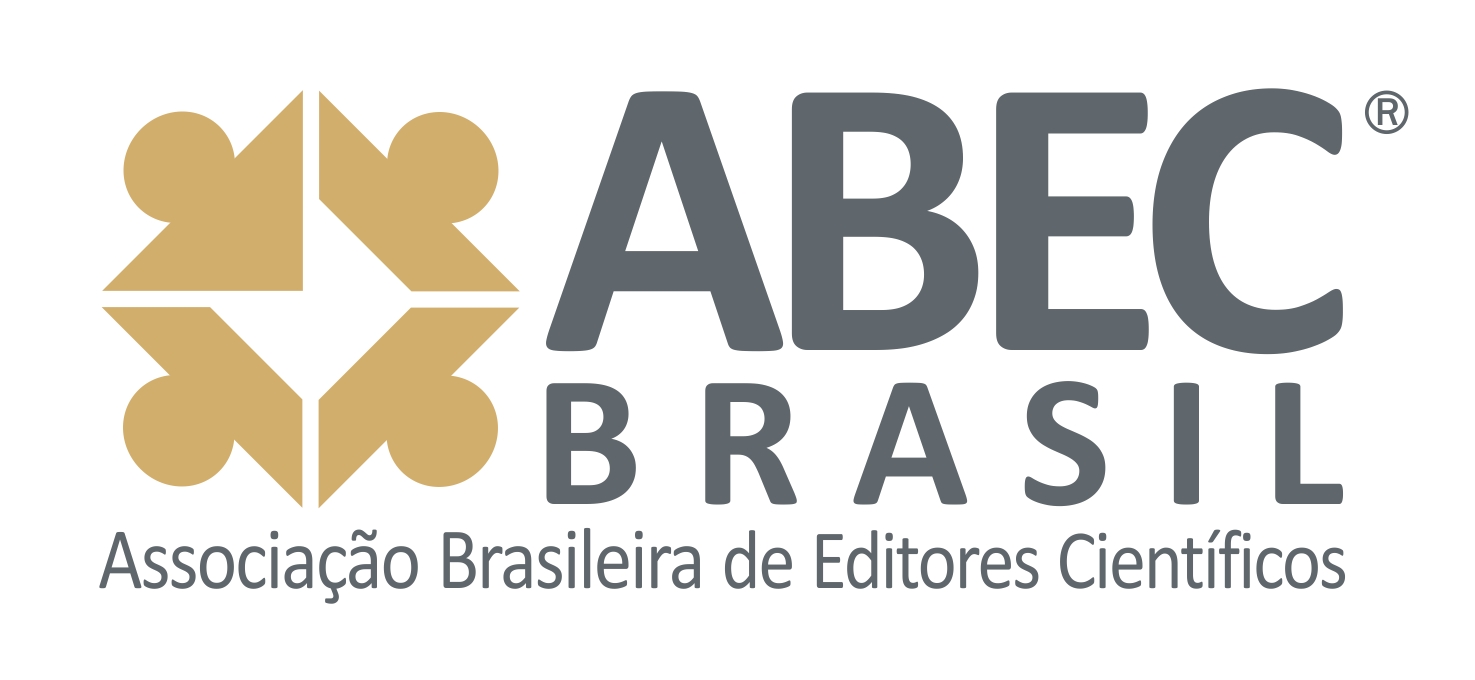IRRIGATION APPLICATION DEPTHS AND POTASSIUM DOSES ON TOMATOES UNDER PROTECTED ENVIRONMENT IN SOUTHEAST BRAZIL
DOI:
https://doi.org/10.37856/bja.v87i1.17Resumo
Modern irrigation water and nutrient management strategies improve crop yields and lead to optimum profits. The objective of the study was to evaluate effects of irrigation depths and potassium doses on production, quality and water use efficiency of tomato (Lycopersicon esculentum Mills) under protected environment condition. The treatments consisted of irrigation water levels equivalent to 50, 75, 100, and 125% of crop water requirement (CWR) with potassium doses of 208, 416 and 624 kg ha-1. A drip irrigation system was used for fertigation of potted Débora Plus tomato variety. Irrigation, potassium doses and its interaction with irrigation levels had significant effects on total, commercial and non commercial production. Marketable yields reached a maximum of 64.4 mg ha-1 at 416 kg ha-1 of potassium, produced at 75% CWR. This corresponded to an average irrigation rate of 4.72 mm day-1. Higher potassium dose of 624 kg ha-1 depressed total and commercial yields. Tomato fruit pH values were between 4.0 and 4.5 for all treatments, while the highest total soluble solids were 9.2%, found with irrigation level of 75% CWR. Maximum water use efficiency was 12.4 kg m-3 of applied water, also obtained at 75% CWR. An irrigation reduction of 25% CWR could hence optimize water resources and save significant water quantities through improved efficiency of water applications to the plant.ÂReferências
ALVARENGA, M. A. R. 2004. Tomate, produção em campo, em casa de vegetaçao e em hidroponia. Lavras: Universidade Federal de Lavras, 47p.
CALVERT, A. 1969. Studies on the post-initiation development of lower buds of tomato (Lycopersicon esculentum). HortScience, v.44, p.17-126.
FNP. 2006. Tomate. São Paulo, p.476-482 (Anuário da Agricultura Brasileira).
FAO. 2002. Tomato water management. Rome: Crop Description and Climate, Available at: http://www.fao.org/ag/AGL/AGLW/cropwater/default.stm. Access: Apr. 22, 2010.
HANSON, B. R.; HUTMACHER, R. B.; DONALD, M. M. 2005. Drip irrigation of tomato and cotton under shallow saline ground water conditions. Journal of Irrigation Drainage Systems. v.20, p.155–175.
HARMOTO; SALOKHEA, V. M; BABELB, M. S.; TANTAUC, H. J. 2004. Water requirement of drip irrigated tomatoes grown in greenhouse in tropical environment. Journal Agricultural Water Management, v.71, p.225-247.
IBGE. 2006. Levantamento sistemático da produção agrÃcola. Available at: <http://www.sidra.ibge.gov.br/bda/acervo>. Access: Apr. 02, 2010.
MAAS, E. V.; HOFFMAN, G. J. 1977. Crop salt tolerance. Journal of Irrigation Drainage Systems. v.103, p.115-134.
MACÊDO, L. S.; ALVARENGA, M.A.R. 2005. Effects of water nivels and potassium fertigation on growth, production and quality of tomato fruits in greenhouse. Ciência e Agrotecnologia, v.29, p.296-304.
MAROUELLI, W. A.; SILVA, W. L. C. 2007. Water tension thresholds for processing tomatoes under drip irrigation in Central Brazil. Journal of Irrigation Science, v.25, p.411-417.
PEZESHKI, S. R. 1994. Plant responses to flooding. In: Wilkinson, R.E. (ed). Plant environment interactions. New York: Marcel Dekker Inc, p. 289-312.
PRIETO, M. H.; LÓPEZ, J.; BALLESTEROS, R. 1999. Influence of irrigation system and strategy of the agronomic and quality parameters of the processing tomatoes, Acta Horticulturae, v.487, p.575-579.
SAMPAIO, R. A.; FONTES, P. C. R. 1998. Qualidade de frutos de tomateiro fertirrigado com potássio no solo coberto com polietileno preto. Horticultura Brasileira, v.6, p.136-139.
SAPERS, G. M; PHILLIPS, J. G; PANASIUK, O.; CARRÉ, J.; STONER, A. K.; BARKSDALE, T. 1978. Factors affecting the acidity of tomatoes. Hortscience, v.13, p.87-89.
SAS INSTITUTE. 1998. User’s Manual, Version 7.0. SAS Institute, Cary, NC.
SEZEN, S. M. 2006. Effects of drip irrigation management and different soilless culture on yield and quality o tomato grown in a plastic house, Pakistan Journal of Biological Science, v.9, p 767-768.
SOARES, J. M.; FARIA, M. B. 1983. Métodos de irrigação e adubação na cultura do tomate industrial. Pesquisa Agropecuária Brasileira, v.18, p.281-286.
TÃœZEL, Y.; UL, M. A.; TÃœZEL, I. H. 1994. Effect of different irrigation intervals and rates on spring season glasshouse tomato production: II Fruit quality. Acta Horticulturae, v.366, p.389-396.
VAN GENUCHTEN, M. T. 1980. A closed-form equation for predicting the hydraulic conductivity of unsaturated soils. Journal of America Soil Science Society, v.44, p.892-898.
WARNER, J. 2004. Effect of regulated deficit drip irrigation on processing tomato fruit solids and yield. American Society Agricultural of Biological Engineering., p. 4-6.











